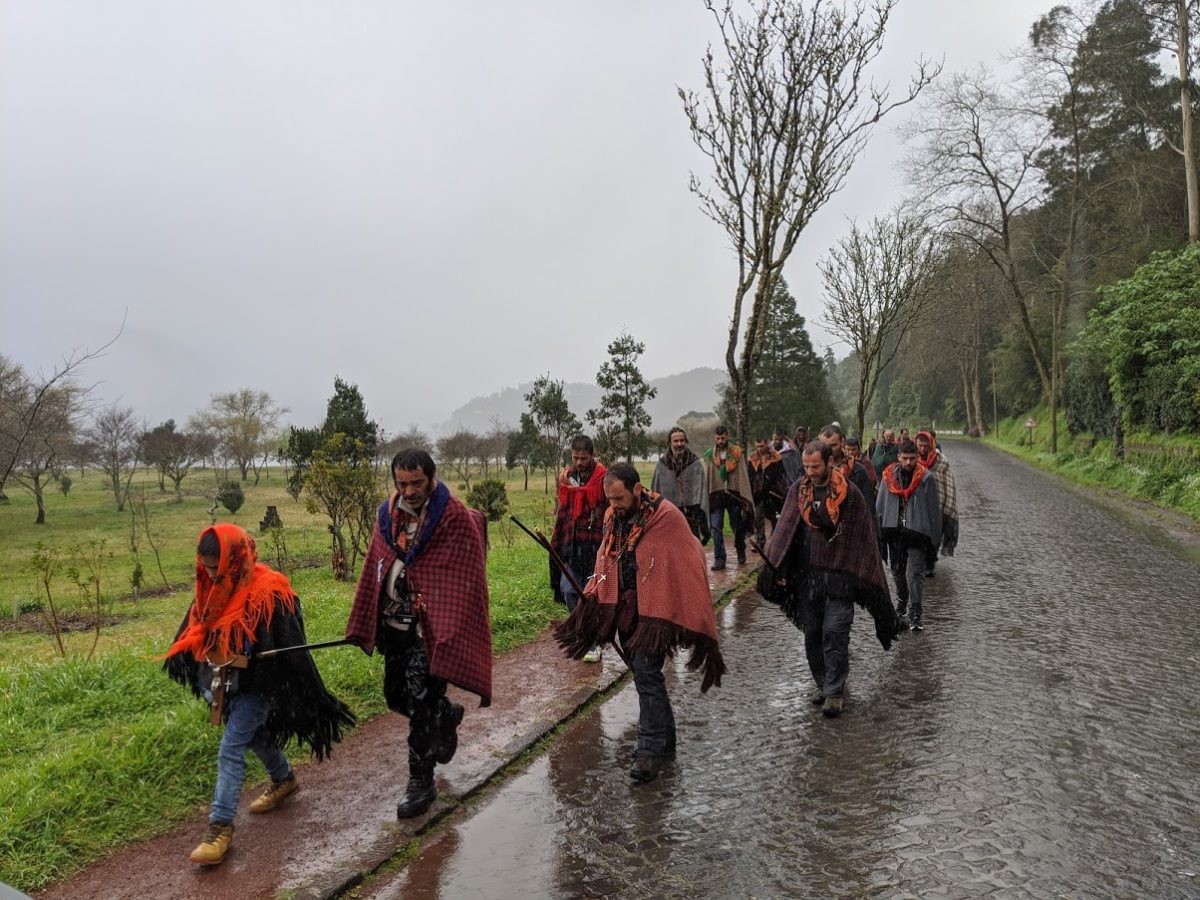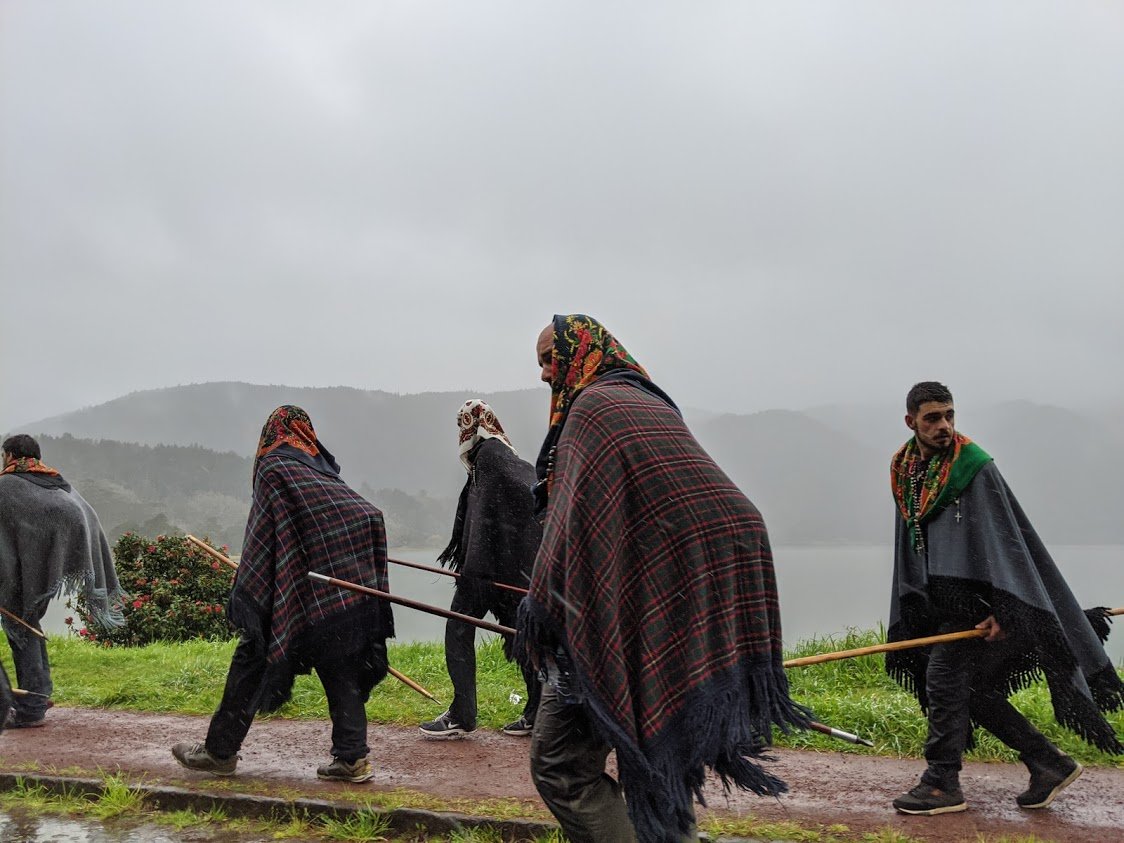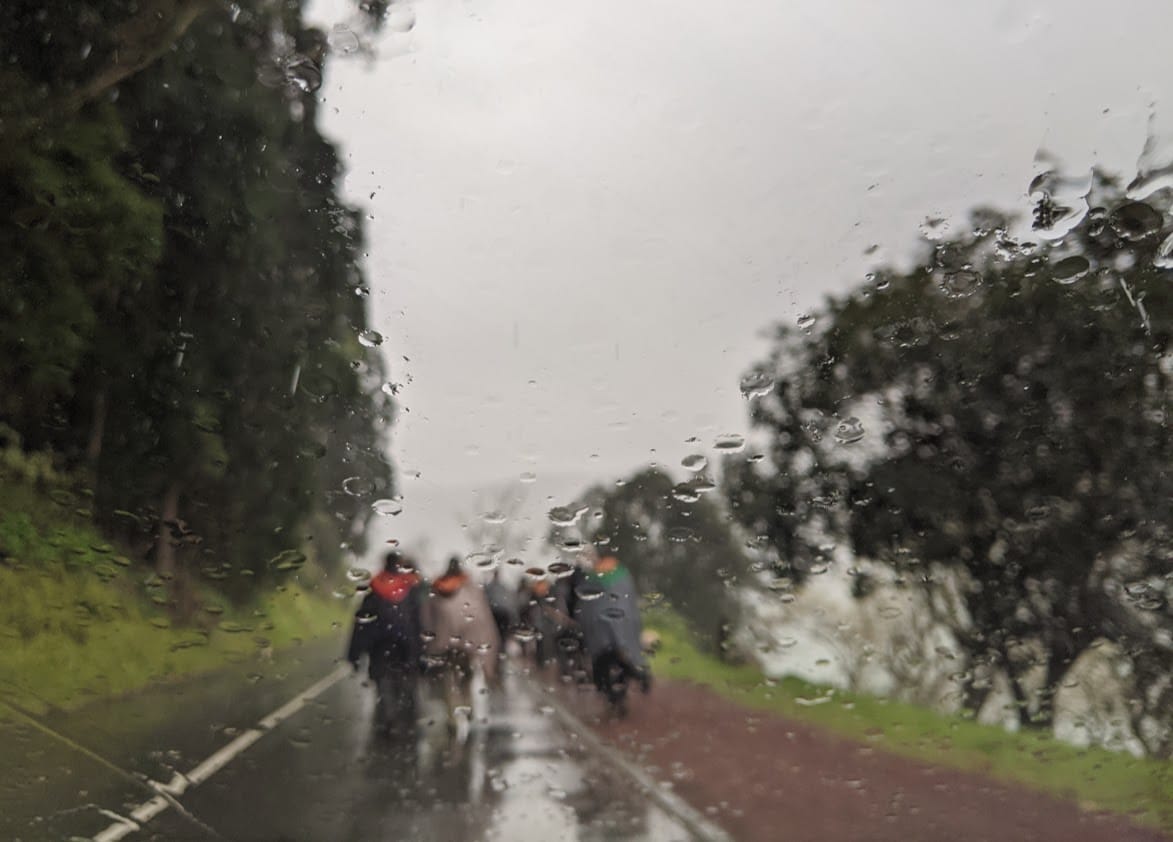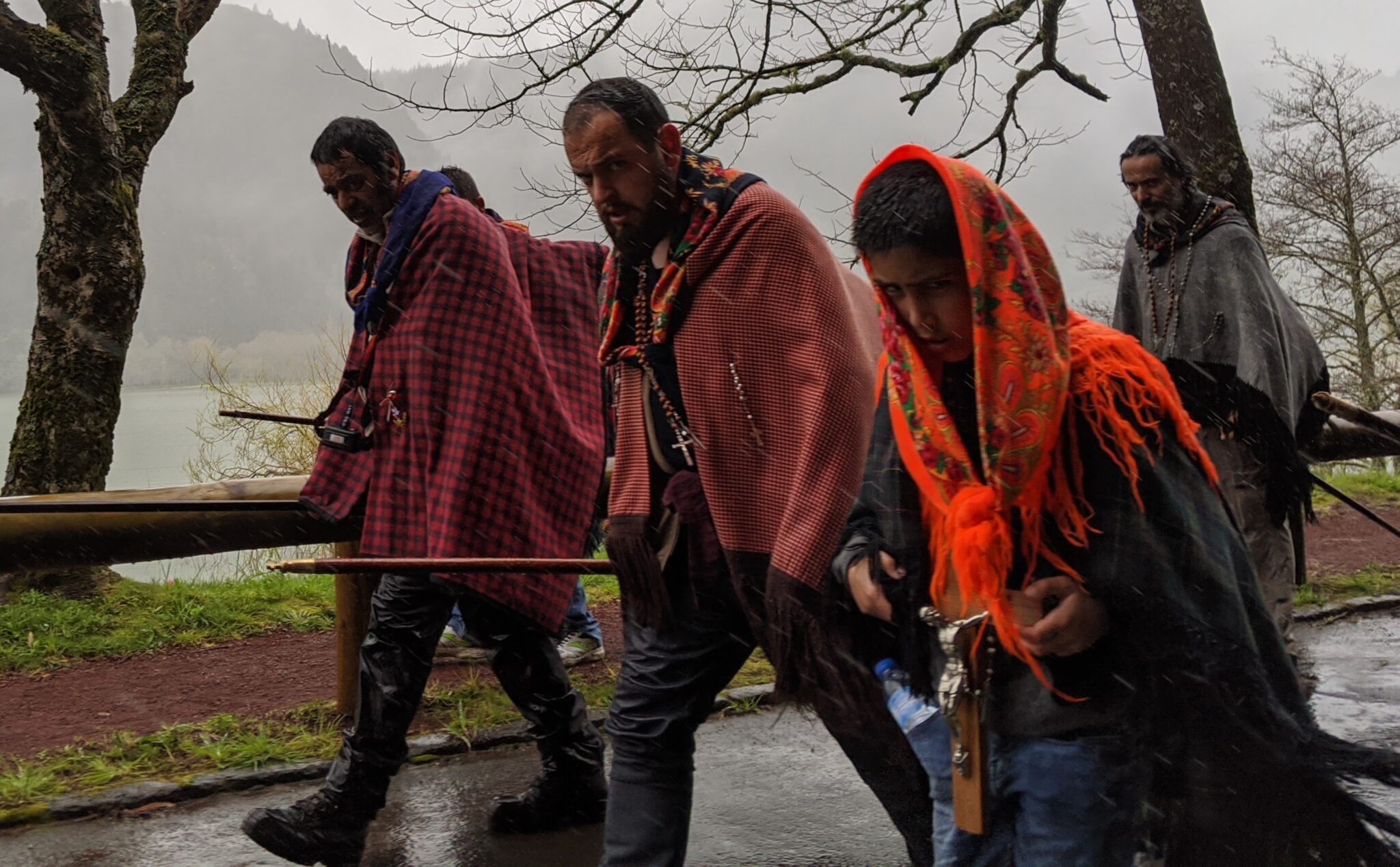SAO MIGUEL
Azores Islands, Portugal
The word pilgrimage conjures up many emotions, interpretations, and of course, deeply personal experiences.
While a pilgrimage is universally acknowledged as a visit to any site that is revered or associated with a meaningful event, it will, of course, mean different things to different people, or groups of people.
To some, a coast-to-coast road trip across the USA would qualify as the ultimate pilgrimage. For others, it could be attending a Bruce Springsteen concert, or a time-honored tailgate party before a Superbowl game. And then there are the millions who flock to Stratford upon Avon every year to visit the birthplace of William Shakespeare or those who embark on the arduous, multi-day trek along the Inca Trail to Machu Picchu.
All of these, and countless others, can be considered pilgrimages in their own rite. However, to tens of millions of the world’s religiously faithful a pilgrimage takes on an entirely different significance.
No matter the god, goddess, everlasting deity or historical remembrance that pilgrims honor, it is the singular act of walking, sometimes for hundreds of miles, that defines many of their individual journeys.
Here on the island of Sao Miguel, 900 miles off the coast of Portugal, the pilgrims are known as Romeiros and their centuries-old legacy is rooted in an all-consuming faith. And in walking.

The Romeiros trace their Romeria, or pilgrimage, back to the 16th. century, specifically to 1522 when a massively powerful earthquake and consecutive seismic activities shattered the city of Vila Franca do Campo. This epic earthquake, and the subsequent mudslides, were considered the seminal disaster of the Azores, causing untold damage to the majority of the town and burying alive 5000 residents and nobles.
With an upwelling of religious devotion, those first pilgrims started their journey shortly after the earthquake to ask for God’s protection against further natural disasters and to atone for their own and their fellow man’s sins.
To this day the Romeiros, all males ranging in age from 10 to 50, set out on foot during the months of February and March. In groups of 30 to 200, they walk in a clockwise direction around the island lasting a full week. On their journey they visit churches and chapels, all the while praying the rosary and singing religious songs.
These devout men and boys travel with no food, money or personal belongings except the clothes on their back, a traditional brightly colored checkered shawl, and a rosary around their neck or in their hand. They also carry a special walking staff which they always lay down before entering a church or chapel.
For an entire week the Romeiros walk from dawn till dusk, no matter the weather, retiring in the homes of benevolent hosts who treat them like family by feeding and sheltering them for the evening. Their very presence is considered a blessing upon the houses they enter. If there are no houses available they find a local church and sleep on the floor.
The next day they wake…and they walk.
Our first encounter with the Romeiros came as we were driving across the island in late February. The roads here can be very twisty and blind turns are everywhere. It was when we approached one of the numerous blind curves that we first spotted a group of young boys and older men numbering close to 50.
What is this we thought?

As we drew closer to the group, which was large enough to take up the entire side of the road in our direction, we noticed the rosaries in their hands. We could also hear a very low murmur that sounded like humming. Later that afternoon we learned from some friends that the humming we heard was actually the singing of Christian songs. It was then that we realized we had witnessed the centuries-old Romeria pilgrimage.
After several weeks we moved to another side of the island closer to Furnas lake and the lovely village of Furnas. It was on the road near the lake that we encountered our second group of Romeiros. This time it was in a downpour, the likes of which we had not seen in a while.
Yet there they were. Walking and praying.
Faith and tradition continue to hold strong for the Romeiros. So much so that hundreds of years after it began, many continue to turn to the Romeria for spiritual grounding.
To the Romeiros of Sao Miguel island faith is not passive. Their devotion is unassailable. It is practiced in every step they take.

